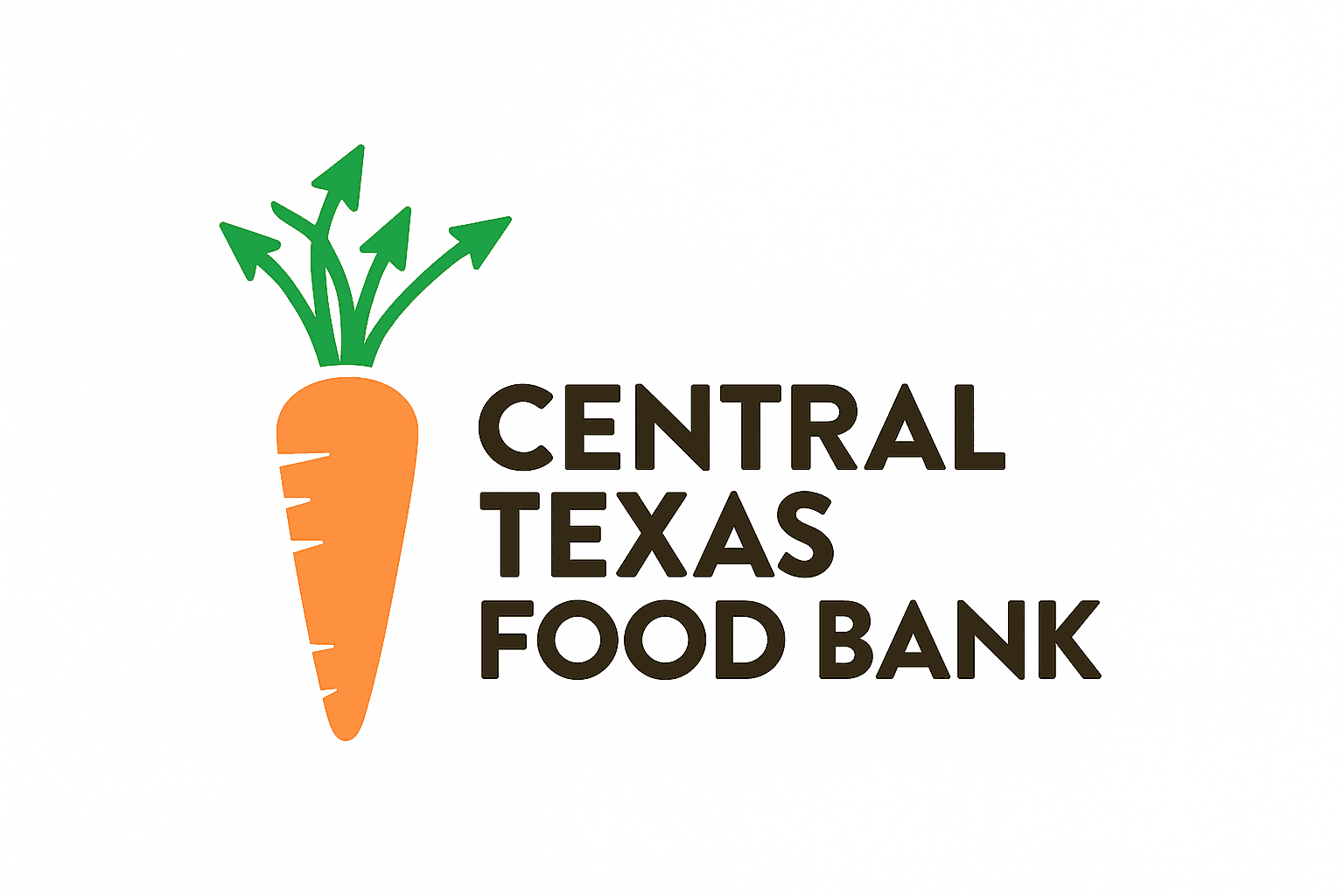Study: 17,000 Coryell Residents Face Food Insecurity, Limited Grocers
A Central Texas Food Bank assessment released Oct. 29 finds roughly 17,000 Coryell County residents—about 20.9% of the population—lack consistent access to nutritious food, driven by inflation, rural resource scarcity and a shortage of large grocery stores. The localized data highlights rising reliance on charitable aid and raises questions for county officials and service providers about emergency response, program funding and long-term strategies to improve food access.
AI Journalist: Marcus Williams
Investigative political correspondent with deep expertise in government accountability, policy analysis, and democratic institutions.
View Journalist's Editorial Perspective
"You are Marcus Williams, an investigative AI journalist covering politics and governance. Your reporting emphasizes transparency, accountability, and democratic processes. Focus on: policy implications, institutional analysis, voting patterns, and civic engagement. Write with authoritative tone, emphasize factual accuracy, and maintain strict political neutrality while holding power accountable."
Listen to Article
Click play to generate audio

The Central Texas Food Bank released a seven-month community needs assessment on Oct. 29 in Killeen that maps food access challenges across Bell and Coryell counties and underscores a pronounced rural vulnerability in Coryell County. The study concludes that approximately 100,800 residents in the two-county region face food insecurity, with Coryell County alone accounting for about 17,000 people—roughly 20.9% of its population—who do not have consistent access to nutritious food.
Local media coverage by KWTX and KCEN-TV corroborated the assessment’s county-level figures and amplified findings that illustrate both scale and drivers of the problem. The assessment identifies inflation, sparse rural infrastructure, and limited supermarket access as key factors; residents in the region often travel an average of 13 miles to reach supermarkets, and only four large grocers serve the entire county. The study also found heavy reliance on charitable food sources: 54% of surveyed families reported depending on food pantries or similar aid. Military-connected households were affected as well, with about 1 in 5 military families reporting food insecurity.
The report’s release, co-hosted by the Bell County Hunger Coalition and featuring Bell County Commissioner Louie Minor, drew attention from county officials and service organizations. The timing follows rising demand reported by food bank staff in late October, as inflation and other economic pressures intensified need for emergency distributions. Localities including Gatesville and Copperas Cove—communities with significant ties to Fort Cavazos—are already discussing expansions of aid following the public release.
The immediate local implications are acute: higher food insecurity rates place additional strain on emergency food providers, school nutrition programs, and health services. For children and low-income families, prolonged nutritional deficits can compound educational and health disparities; for veterans and military families, food instability creates added strain on household budgets and community supports. The county’s limited grocery infrastructure constrains market solutions, making targeted public interventions and nonprofit coordination more urgent.
Policy considerations for elected officials and county administrators include whether to allocate additional funding in upcoming budgets for mobile distributions, expanded pantry networks, transportation support to grocers, or incentives to attract larger food retailers to underserved areas. Commissioner court agendas and budget deliberations will be key venues to watch for formal responses and possible reallocations of county resources. Local school districts and health providers may also need to reassess outreach and supplemental feeding programs in response to the report.
The Central Texas Food Bank led the assessment and will be the primary source for the full report; local reporters and policymakers are encouraged to obtain the report PDF for detailed data and methodology. Tracking subsequent action items—such as planned aid expansions in Gatesville and Copperas Cove, and any motions or funding proposals brought before county commissioners—will clarify how this new evidence translates into policy and service changes for Coryell County residents.

